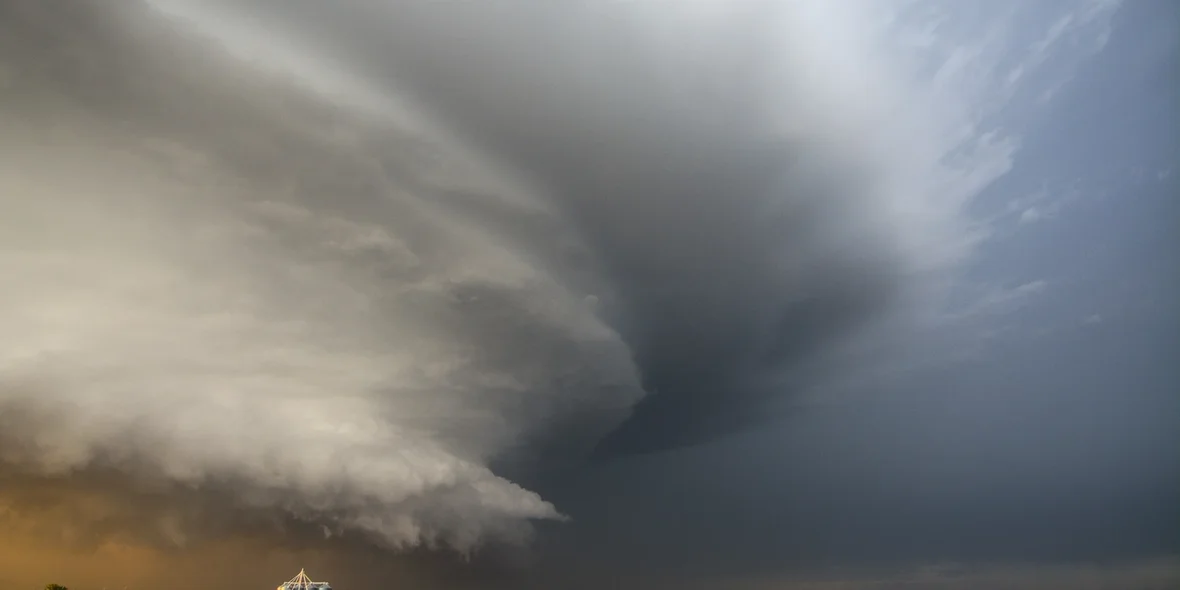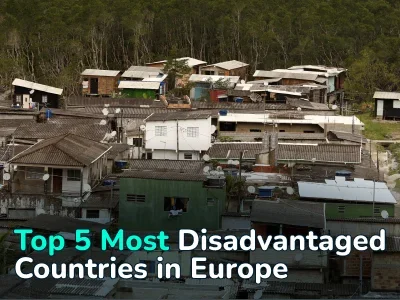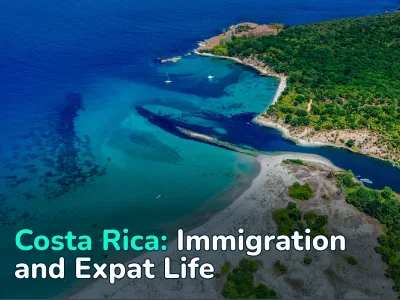
Which States Have the Strongest Winds? Complete Guide to America’s Windiest Regions
The United States covers an enormous territory that spans a wide range of climate zones — from tropical coastlines to Arctic expanses. This geographical diversity gives rise to unique weather phenomena, among which strong winds hold a prominent place.
It’s no surprise, then, that when people talk about weather in the U. S., many immediately think of hurricanes and tornadoes that can sweep away everything in their path. In some regions of the country, wind currents reach extreme strength, and twisters are as common an occurrence as thunderstorms.
We identified the windiest states in the U. S. and explored what makes them so and how the locals have adapted to these conditions.
Oklahoma
Oklahoma is rightfully considered one of the windiest states in the U. S., and its reputation is closely tied to its location at the heart of “Tornado Alley.” The region earns this name for good reason — it experiences more tornadoes than anywhere else in the world.
The state becomes a hotspot for powerful thunderstorms and tornadoes in the spring and summer, especially from April through June. Peak wind speeds can reach up to 300 mph (about 480 km/h). For comparison, a light breeze is typically around 6–8 mph (9–13 km/h), and speeds above 45 mph (70+ km/h) often trigger orange-level weather alerts.
The cause of such winds lies in Oklahoma’s flat plains. Normally, even small variations in terrain reduce wind velocity by disrupting the flow. But here, the flat landscape allows air masses to move unhindered, accelerating freely.
The state has heavily invested in wind energy and is among the U. S. leaders in the number of installed wind turbines. However, the wind can also bring devastation. In 1999, a tornado in the city of Moore reached a record-breaking wind speed of 301 mph (484 km/h), making it one of the most powerful ever recorded.
Kansas
Kansas also ranks among the windiest states in the U. S., and like Oklahoma, it lies within Tornado Alley, where spring and summer months bring intense storms and tornadoes. The city of Amarillo is often referred to as “the windiest city in America,” with an average wind speed of around 16 mph (25 km/h) — almost double the typical average of 7.5 mph (12 km/h) in many other flatland regions. During storms and hurricanes, wind speeds can reach up to 100 mph (160 km/h).
The reason, again, lies in geography — Kansas borders the Great Plains. Its flat terrain lacks natural barriers like mountains, allowing winds to gain strength and speed freely.
The state government actively invests in the construction of wind farms, and local residents have long adapted to nature’s temperament. With a touch of irony, they often note that it’s no coincidence the heroine of the famous novel The Wizard of Oz lives in Kansas — the very place from which a tornado whisks her away to a fantastical land.
Texas
Texas is the largest state in the U. S. by land area. Its northern region falls within Tornado Alley, where winds in spring and summer can reach speeds of 100–200 mph (160–320 km/h). Coastal areas along the Gulf of Mexico are especially vulnerable to hurricanes, particularly between August and October. When these storms make landfall — such as Hurricane Harvey in 2017 — average wind speeds can hit a destructive 130 mph (209 km/h).
Texas capitalizes on its wind resources more than any other state: it ranks first in the nation in wind energy production. According to the American Wind Energy Association, Texas generates more electricity from wind than any other U. S. state.
In central and western parts of Texas, wind activity is less extreme but still significant. In cities like Austin and San Antonio, average wind speeds range from 8–10 mph (13–16 km/h), occasionally spiking to 40–60 mph (64–97 km/h) on especially windy days. In the western desert regions, the terrain promotes consistent but moderate winds of about 10–12 mph (17–19 km/h). However, these winds frequently cause sand and dust storms with gusts reaching 30–50 mph (50–80 km/h).
Oregon
Oregon is located far from the Great Plains, in the Pacific Northwest. The strongest winds here occur along the coast, driven by the Pacific Ocean. The westernmost point of the state — Cape Blanco — is considered one of the windiest places in the U. S.: winter storms here can produce wind speeds of up to 125 mph (200 km/h), often bringing snow and hail.
Developing wind energy based on oceanic air currents is challenging, as these winds are highly variable. Cold Arctic cyclones also frequently cause icing on wind turbines, which complicates energy generation. Nevertheless, Oregon continues to install wind farms, though on a smaller scale than in Texas or Kansas.
Strong coastal winds have turned Oregon into a destination for extreme sports enthusiasts, particularly windsurfers. The Columbia River Gorge area has become a true mecca for them, so much so that it’s often called the “Windsurfing Capital of the World.”
Alaska
The northernmost and least populated U. S. state is well known for its extreme weather conditions. Coastal regions along the Bering Sea and the Aleutian Islands regularly face storms with wind speeds around 60 mph (97 km/h). In Anchorage, the average wind speed is about 10–12 mph (16–19 km/h), but during winter storms, gusts can reach hurricane-force levels — up to 70 mph (110 km/h). These winds are caused by collisions between frigid Arctic air masses and warmer air warmed by Pacific coastal currents.
Wind affects nearly every aspect of life in Alaska — from daily activities in remote villages to shipping and commercial fishing. While the state does utilize wind energy, it does so in limited quantities, mainly in isolated communities where other power sources are unavailable and building fossil-fuel plants is impractical.
Hawaii
Hawaii is located in a tropical climate zone in the Pacific Ocean, where trade winds and seasonal hurricanes are typical. Steady northeast trade winds bring consistent breezes to the islands, with average speeds of 10–15 mph (16–24 km/h). During hurricane season (June through November), wind speeds can become destructive. Hurricane Iniki in 1992, for instance, produced gusts of 145 mph (233 km/h).
These winds make Hawaii a global hotspot for windsurfers and kitesurfers, especially at locations like Hukilau Beach on the island of Oahu. Wind energy, as in Alaska, is limited. But in Hawaii’s case, the primary constraint is land: the islands’ small size leaves little room for wind farms. Another critical factor is their volcanic geology — construction is challenging on solidified lava flows, and frequent earthquakes pose structural risks that can destroy turbines before they’re even operational.
Summary
The windiest states in the U. S. — including Oklahoma, Kansas, Texas, Oregon, Alaska, Hawaii, Wyoming, Nebraska, and the Dakotas — live in constant contact with powerful winds. These winds often threaten life and property, bringing tornadoes, hurricanes, and storms capable of destroying homes or tossing vehicles dozens of meters.
Yet, residents have adapted. Homes are insured against wind damage, and buildings are constructed from reinforced concrete to withstand extreme gusts. State governments also leverage wind as a strategic resource by installing wind power plants. Texas, Kansas, and Oklahoma lead the nation in turbine count, transforming the wind into a reliable energy source. Still, even turbines aren’t always strong enough to withstand the full force of nature.
Author
I write informative articles about real estate, investments, job opportunities, taxes, etc.























